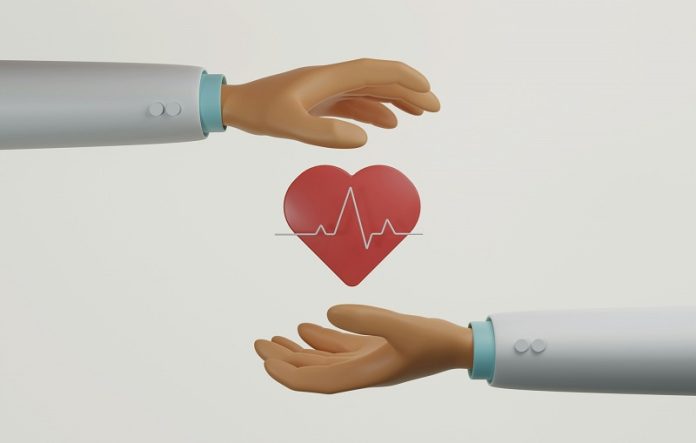
Scientists have discovered that the human heart may have a remarkable ability to repair itself after severe damage.
A new study from Karolinska Institutet, published in the journal Circulation, shows that hearts supported by a special device can regenerate muscle cells at an astonishing rate—much higher than healthy hearts.
The human heart has a very limited ability to replace its muscle cells, called myocytes.
When the heart is damaged by severe heart failure, this ability drops even further.
For people with advanced heart failure, doctors often implant a left ventricular assist device (LVAD)—a pump that helps the heart push blood through the body.
Researchers found that patients with LVADs experienced a surprising boost in their heart’s ability to grow new muscle cells.
In fact, the rate of cell renewal in these patients was more than six times higher than in healthy hearts.
This suggests that the heart has a hidden ability to heal itself when given the right conditions. “This could be a key to activating the heart’s own repair mechanisms,” says Olaf Bergmann, senior researcher at Karolinska Institutet.
Scientists don’t yet know why this happens. The study didn’t reveal the specific process behind the increase in cell regeneration.
However, researchers plan to investigate further, focusing on the cellular and molecular levels to uncover the cause. “This finding offers hope,” says Bergmann. “It suggests that recovery after heart damage could be improved in the future.”
If scientists can figure out how to trigger this repair process without relying on devices like LVADs, they may develop new treatments for people with severe heart conditions. These therapies could help damaged hearts heal naturally, reducing the need for heart transplants or long-term mechanical support.
To measure how well the heart regenerates cells, the researchers used a unique method developed by Professor Jonas Frisén. This technique “dates” cells by analyzing levels of radioactive carbon absorbed into them over time.
The amount of radioactive carbon in the environment has steadily decreased since nuclear test bans in the 1960s, making it possible to identify newly formed cells based on their carbon content.
The study, done in collaboration with researchers at the University of Utah, provides a promising step toward understanding and enhancing the heart’s natural healing power.
While more research is needed, this discovery could pave the way for groundbreaking treatments to help people recover from heart failure and lead healthier lives.
If you care about heart health, please read studies about top 10 foods for a healthy heart, and how to eat right for heart rhythm disorders.
For more health information, please see recent studies about how to eat your way to cleaner arteries, and salt and heart health: does less really mean more?



